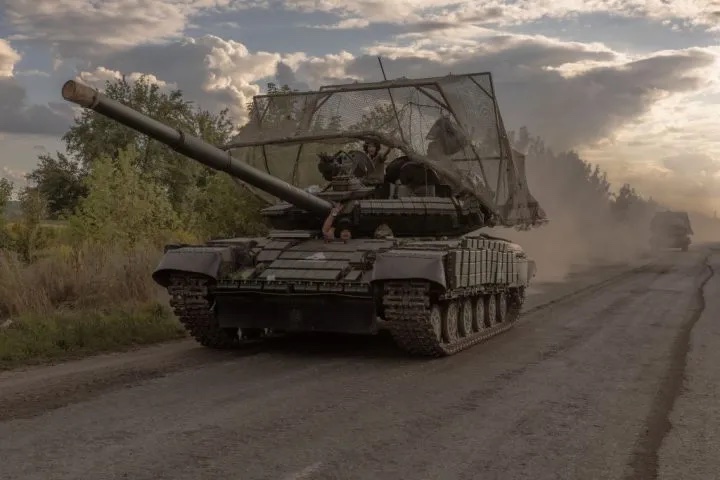It has been seven days since Ukraine began its attack on the Russian region of Kursk — with Ukrainian soldiers launching the first successful cross-border invasion of Russia since the second world war.
Still, Ukraine is showing no signs yet of slowing down. This morning, local authorities in the neighboring Russian region of Belgorod announced that the evacuation of civilians from the area had begun. This is the second Russian region to evacuate since Kyiv’s invasion began last Tuesday.
Addressing the escalating situation in a video on his social media channels, Belgorod governor Vyacheslav Gladkov wrote: “This morning is an alarming one, there is enemy activity on the border of the Krasnoyaruzhsky region.” He warned that the area was on alert for missile attacks and that those who have not yet left should seek shelter immediately.
The large — albeit delayed — scale of Russia’s civilian evacuation hints at the panic on the ground. According to the Russian ministry of emergency situations, more than 76,000 residents have now been evacuated from the Belgorod and Kursk regions, with 11,000 from Belgorod alone. Anecdotal reports suggest that many residents feel abandoned by Moscow’s lack of preparation and inadequate aid over the past week. This is despite Belgorod being targeted by Ukraine in a number of small drone strikes for well over a year, suggesting an escalation of this kind was not beyond the realms of possibility.
Russia’s latest evacuation follows news overnight that the Zaporizhzhia nuclear power plant in Ukraine has been set alight, with a large number of car tires reportedly burning in one of the cooling towers. Ukrainian president Volodymyr Zelensky has accused Moscow of trying to “blackmail” Ukraine using the power plant as its troops push further into Russian territory.
Despite being nearly a week into the attack, Ukraine’s ultimate goal is, as yet, somewhat unclear. More troops appear to be involved in the incursion than the 1,000 or so initially thought. Reports suggest several thousand troops are in fact involved — with Ukrainian military sources suggesting that some units have advanced as far as twenty-five miles behind the Russian border.
Kyiv’s success so far has done much to raise morale amongst Ukrainian troops after what has been a difficult fighting season for them, but this strategy is nevertheless not without considerable risk. While the attack has successfully forced Russia to divert troops from the Kharkiv and Donetsk regions, according to a source who spoke to the Economist, this is not happening “as quickly as we would like.” The Ukrainian troops advancing on Kursk have themselves reportedly also been pulled from the front line in eastern Ukraine, meaning that while the attack is easing pressure on Kyiv’s troops elsewhere, it is not just Russian resources that are being spread more thinly
It appears that Ukraine is planning to remain inside Russia’s borders for as long as possible: Russian sources have claimed that Kyiv is building fortifications and a field hospital in the Kursk region — around six miles north of the border. Zelensky’s troops may well be aiming to cut off some of the supply lines to the Russian front, which would further ease pressure and destabilize Moscow’s war effort. Nevertheless, there is little to currently suggest that Ukraine is planning to annex the territory — with Kyiv instead focusing on destabilizing and undermining Moscow’s war effort.
This article was originally published on The Spectator’s UK website.


























Leave a Reply